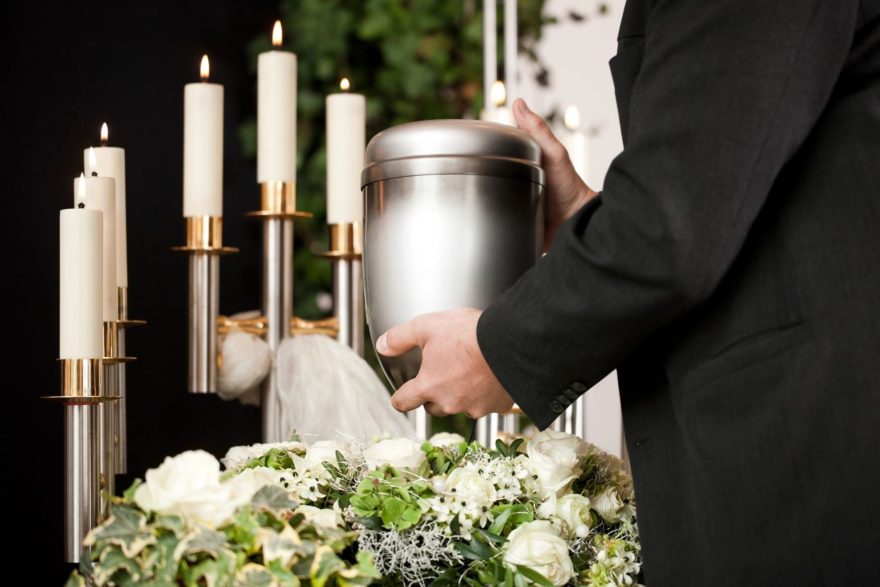Funeral Service Types
With the advent of cremation, green burials, and alkaline hydrolysis (oddly referred to as “wet cremation”), funerals can be as unique as an individual. When a person pre-plans their funeral, they can plan as much or as little as they would like, but, at minimum, they choose a type of service (traditional or direct) and final disposition (alkaline hydrolysis, burial, or cremation).
Pre-planning may include: a written obituary, flowers, sundries (printed folders for the service), clergy honoraria, limo service, escorts, headstones/cemetery markers, burial space, etc. Whether any of these items will later be scrutinized by a County for any Medical Assistance benefits received during the decedent’s life, is a blog for another day. See the Minnesota Department of Human Services MA Estate Recovery Manual for information about how Funeral Expenses are scrutinized regarding MA Claims.
Direct burial and direct cremation bypass any visitation or services, and final disposition occurs within 72 hours of the death (usually within 24 hours).
The term “traditional burial” refers to a funeral service with visitation held before the full service. The body is present in a traditional funeral, and burial in a cemetery takes place following the service. Burial (interment) takes place at a private or public cemetery in either a burial plot (outdoors in the ground) or in a mausoleum (indoors in a vault/crypt). An outer burial container, or burial vault, may be required for burial of remains to surround the casket and prevent the earth from caving in. Each cemetery has its own rules and requirements.
Even if cremation is desired, a person may be embalmed, have a full funeral service with visitation, and opt to be cremated after the services, rather than have a “traditional burial”. Final disposition takes place once the cremation occurs. Cremation does not require a casket, but does require a cremation container, and most funeral providers allow “rental caskets” to be used for presentation at a visitation or during services, then a simple cardboard liner (that slides out of the rental casket) is used as the container to cremate the remains. Once cremated, the cremated remains (often called “cremains”) are placed (inurned) in a simple cardboard box, or a purchased urn, and may be kept, scattered, or buried. Cremains are typically buried in an existing burial plot (depending on cemetery rules), and some cemeteries allow cremains to be scattered atop an existing plot. Cremains may also be placed in a niche in a columbarium.
For the more adventurous, cremains may be shot into space, scattered at sea, made into diamonds or glass sculptures, and buried in a pod to help fertilize a tree.
A memorial service is an option for those who choose cremation. The memorial service follows cremation, no body is present for the service but sometimes the cremains are displayed in an urn, and the services can take place at any time after the death occurs.
For any contested matters where possession of cremains is at issue, you can literally “split the baby”: divide the cremains among next of kin or interested persons. One family member may wish to keep the cremains in an urn in their home, and another may wish to bury their portion. I draw up a basic agreement for all interested persons, as well as the funeral provider/mortician (who may still have possession of the cremains), to sign. Obtain all signatures before any cremains are distributed. I have avoided long, drawn-out litigation by dividing the cremains with consent from all parties!
Choices at a Cemetery
Most cemeteries have options for both traditional burial and cremation. Cemetery options include:
- A traditional, in-ground lot
- Mausoleum crypt (indoor)
- Lawn crypt (outdoor)
- Cremation burial – sometimes called cremation gardens
- Cremation niche (in a columbarium, indoor or outdoor)
- Ossuary for cremated remains
- Cremation “scattering” options, in a pond or lake within the cemetery, may include a plaque with name and dates
- Cenotaph (an engraved name on a plaque or monument for remains not located at the cemetery)

